Leadtek Smart Medical Solutions
Medical display technology solutions integrate various display systems and screens in medical equipment, providing precise information for healthcare providers and aiding critical decision-making. With high-resolution imaging and color accuracy, these displays enhance diagnostic accuracy, patient monitoring, and medical procedures, ultimately improving healthcare quality.
The key features of the medical display
Designing display solutions for medical displays is definitely a delicate and challenging task. There are a number of issues that medical display manufacturers need to take into account, such as product reliability, electromagnetic interference, regulatory compliance, etc. Besides, the produced medical displays should be able to endure extreme conditions such as high temperatures, humidity, and vibration. There are some critical features that the medical display is expected to boast:
1. Medical-level imaging quality
In order to visually aid medical personnel in interpreting data and doing work effectively, picture quality and imaging standards for medical use are more advanced and stringent than those for consumer-grade displays. For example, medical display technologies such as X-rays, CT scans, MRI scans, and ultrasounds are meticulously designed to provide high levels of contrast, clarity, and color accuracy. Furthermore, the medical display is frequently equipped with unique image-enhancing technologies to ensure consistent brightness throughout the display's lifetime, noise-free images, ergonomic reading, and automated compliance with medical regulations. For the medical-level imaging, there are some valuable attributions:
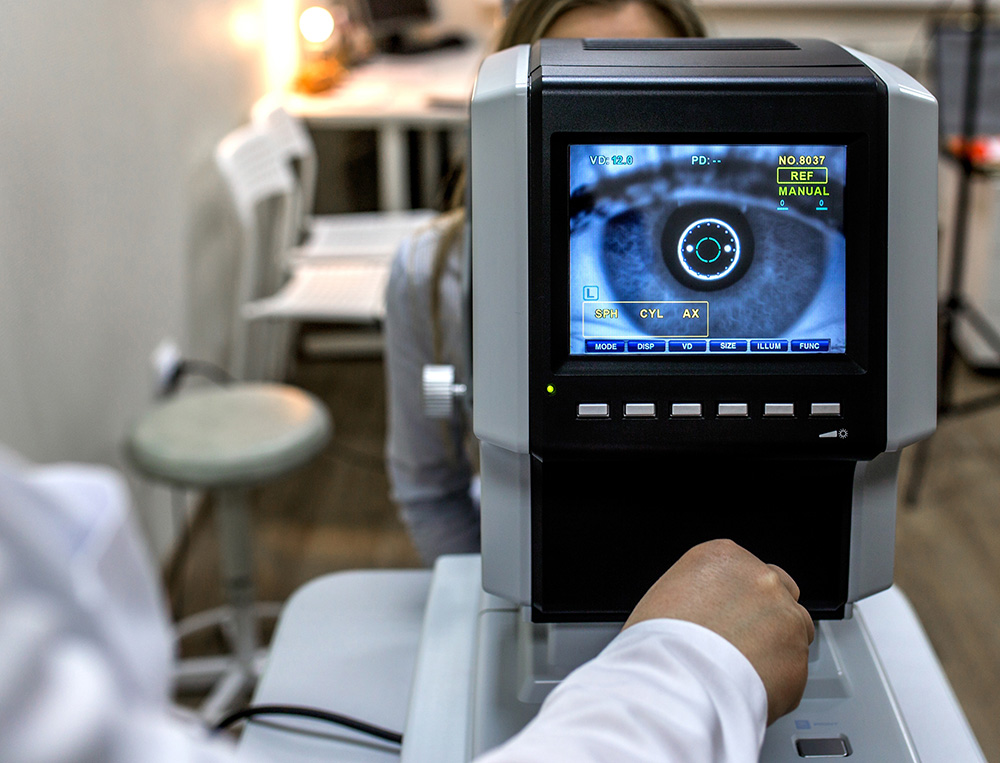
> High resolution - The display with the higher resolution can present images with greater clarity and visible details. This HD feature is highly demanded for medical displays to provide accurate diagnosis or operation imaging. The latest medical-grade display products leading manufacturers offer include high-definition (HD), 4K, and 3D screens.
> High contrast ratio - High contrast performance allows the display to reflect the picture's image details and luminance difference precisely.
> High brightness - High brightness is crucial for devices in brightly lighted areas, such as surgical displays and handheld devices. With sufficient brightness, the display can present clear images in low-light or dark environments.
> Wide color gamut - Medical displays require a better color gamut and accuracy to aid diagnostic or surgical applications. Some surgical monitors, for example, have enhanced red display capabilities (adding the deep red spectrum to deliver RGBs 115%), allowing more exact observation of inside tissues and organs.
> Wide viewing angles - Some medical monitors are used in operating rooms or direct patient care environments. In this case, they must be able to deliver sharp, high-contrast images with broad viewing angles for different users scattered throughout the room.
> Low power consumption - For devices that highly rely on battery power, such as portable monitors and glucose meters, low power consumption of the display screen is vital to enhance efficiency and increase use time.
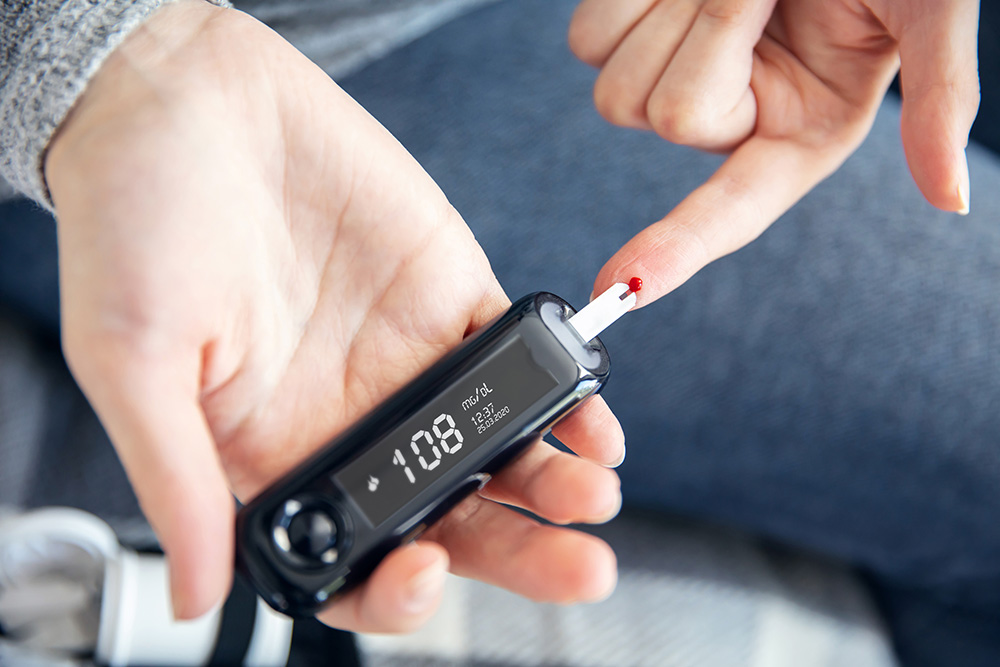
2. DICOM Standard compliance
A specific standard for communication and management of medical imaging information and related data is called ‘Digital Imaging and Communications in Medicine (DICOM).’ DICOM is used worldwide to store, exchange, and transmit medical images. The scope of DICOM includes protocols for image exchange (e.g., via portable media such as DVDs), image compression, 3-D visualization, image presentation, and results reporting. In addition, It is central to the development of modern radiological imaging: DICOM incorporates standards for imaging modalities such as radiography, ultrasonography, computed tomography (CT), magnetic resonance imaging (MRI), and radiation therapy.
A professional medical display screen must support the DICOM PART14 Standard; that is to say, it must be able to adjust the DICOM-standard curve and ensure the display quality and accuracy of the image to match the DICOM protocols. By contrast, a commercial (consumer) - grade display offers a manual brightness control where users set their luminance preference with no standard reference of absolute levels. Similarly, monochromatic medical displays must have the calibration feature meeting the DICOM PART14 Grayscale Standard to provide healthcare staff with more accurate images and information when viewing medical imaging, documents, and electronic medical records (EMR).
3. Meets medical standard electromagnetic compatibility (EMC)
In hospitals and healthcare facilities, there are numerous medical display devices used to monitor and maintain patients' vital signs, such as heart rate, blood pressure, and oxygen saturation. These devices are crucial for ensuring the safety and well-being of patients. However, the operation of these devices can be disrupted by electromagnetic interference (EMI) from other electronic devices in the environment, such as wireless communication devices, computers, medical imaging equipment, high-voltage power supplies, motors, and broadcasting equipment.
To minimize the risk of EMI-induced disruptions, it is essential that medical display devices comply with the EMC (Electromagnetic Compatibility) IEC 60601-1-2 standard. This standard ensures that medical devices are designed and manufactured to reduce the risk of EMI and other forms of interference, thereby maintaining their normal functioning and preventing unexpected events from occurring.
Medical display applications
The development of medical display technologies has changed the healthcare industry, providing diagnostic tools, telehealth, support for non-invasive treatment, allowing diseases to be assessed, and letting any health problems to be detected earlier. The technological developments in medical display devices are enhancing the efficiency of the medical devices and increasing the ease of using medical imaging equipment. The surge in the use of medical displays would result in less workforce requirement and swift diagnosis and recovery of diseases. Here are some typical applications of medical displays:
1. Medical imaging diagnosis
One of the most important medical applications of displays is medical imaging. This display solution shows images created by medical imaging devices, such as X-rays, CT scans, MRI scans, and ultrasounds. Medical professionals utilize these images to diagnose and treat different medical conditions. Display products adopted in medical imaging equipment are carefully designed to present graphics and characters with high levels of contrast, sharpness, and color accuracy so medical workers can correctly interpret the information. Nowadays, the display manufacturer even offers 3D medical display solutions. These 3D imaging displays allow medical workers to obtain more detailed and comprehensive patient information or healthcare conditions.
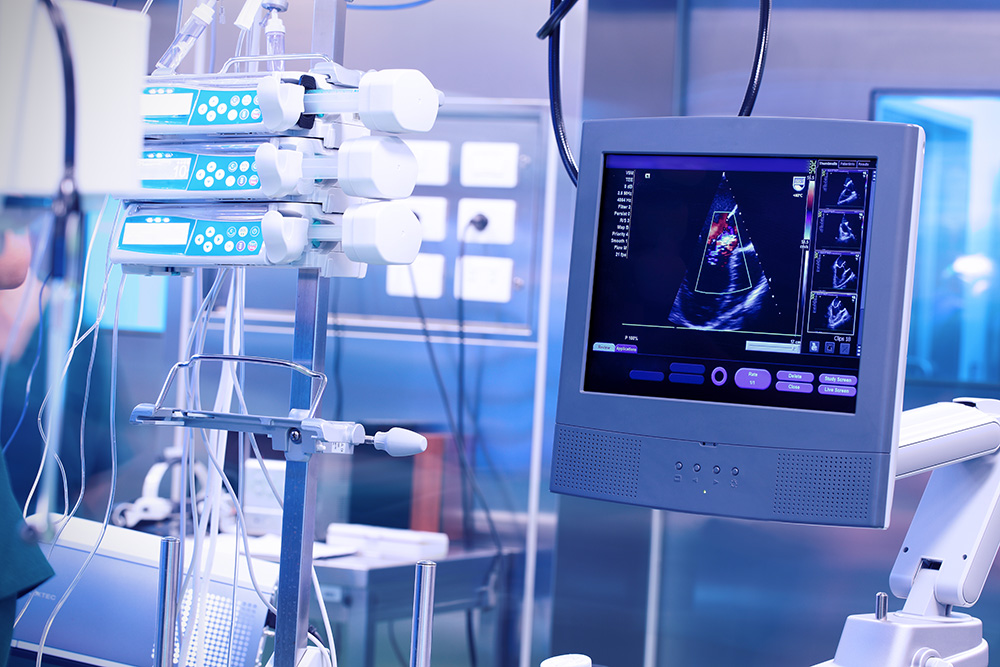
2. Surgical display instruments
With the popularization of display applications and the advancement of display technology, hospitals can combine display technology to develop more diverse surgical items and technologies to cope with different patients' conditions and physical conditions and to achieve more accurate and ideal surgical results. The growing trend of Minimally Invasive Treatment is a perfect example. Minimally invasive surgery enables physicians to use cutting-edge technology and innovative surgical procedures to operate on the human body in a less invasive manner. The increased demand for minimally invasive therapies (MIT) due to several benefits, such as less post-surgical pain, fewer operative and significant post-operative complications, and decreased hospital stay, is one of the primary drivers of the worldwide medical display market.
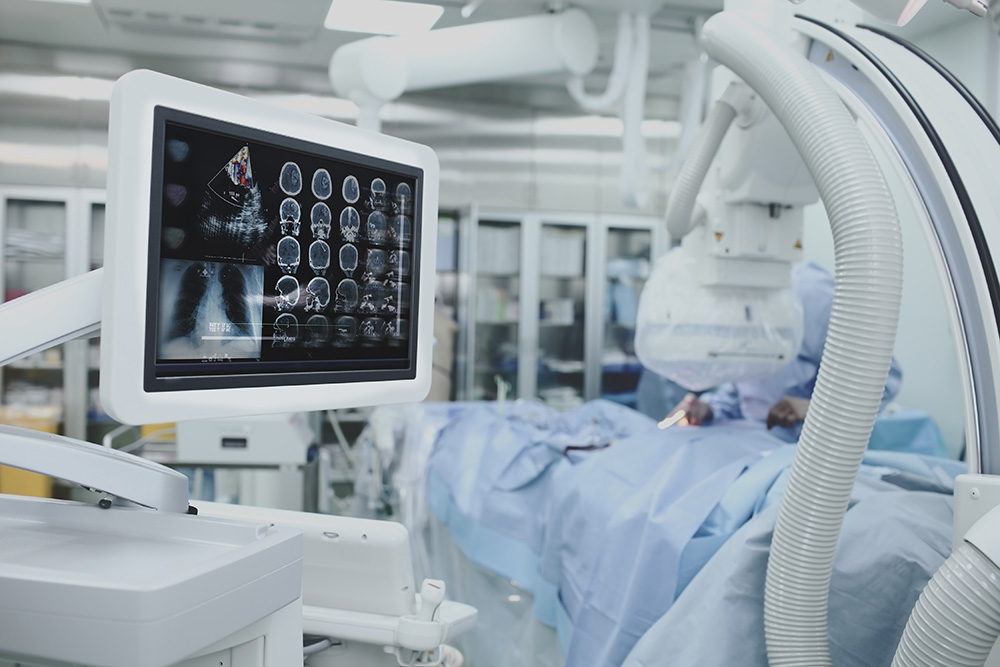
3. Electronic health records (EHR)
Nowadays, hospitals and healthcare centers tend to digitally preserve patients' medical records in electronic health records (EHR). Patient histories, test results, prescription information, and other medical information are all included in EHRs, where medical personnel can easily reach and view those data in real-time through devices' screens. The display technologies can provide quick access to different databases and facilitate a clear and precise presentation of information graphics and characters.

4. Patient monitoring system
In order to follow up on a person's health conditions, monitoring devices, like electroencephalography (EEG) machines, portable blood pressure monitors, spirometers, etc., are widely used in hospitals, healthcare centers, or households. The user is able to access the patient's health indicators through the display screen, including blood pressure, heart rate, and oxygen rates. As for the hospital wards, most hospitals have central monitors for the whole ward to understand all the dynamics around the area in case of any emergency, along with other information. Health monitoring equipment is also widely used for eldercare so that the practitioner can have older adults' health conditions in control from distances. Depending on the design, some display products can even provide alarm systems to notify others once any monitored health indicators deviate from the normal ranges.
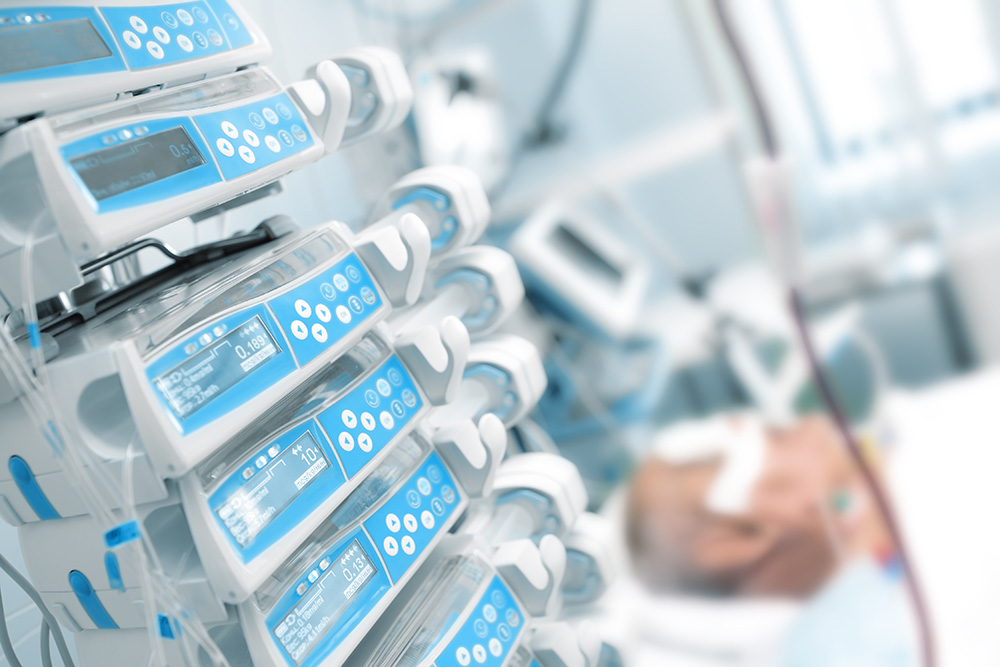
Conclusion
Displays are crucial to many medical devices, providing critical information to healthcare professionals and patients. The use of technologically advanced medical gadgets, screens, monitors, and other devices has grown. Meanwhile, several countries' governments and non-profit organizations focusing on constructing and improving health infrastructure also drove the leaps and bounce of medical display development. A number of trends and breakthroughs of the display industry are also influencing the current market. For instance, by enabling more high-quality, real-time images, augmented reality (AR) and virtual reality (VR) technologies are being used to improve surgical and diagnostic procedures.



 Skype
Skype WhatsApp
WhatsApp Email
Email Inquiry
Inquiry WeChat
WeChat
 TOP
TOP